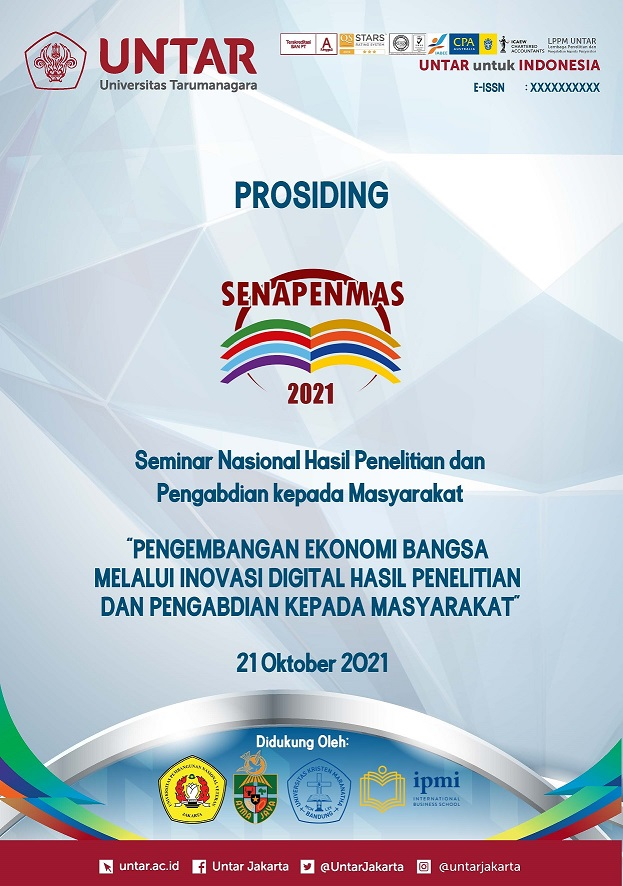GAMBARAN PENGETAHUAN RESUSITASI JANTUNG PARU PADA DEWASA MUDA
Main Article Content
Abstract
Cardiopulmonary resuscitation (RJP) is a useful rescue technique in an emergency. In Indonesia data on the level of CPR knowledge in the community, especially young adults are still minimal, so researchers are interested in knowing the level of CPR knowledge in young people, especially students. The purpose of this study was to describe the level of cardiopulmonary resuscitation knowledge and the influence of online training on changes in the level of knowledge about CPR. Research that uses cross sectional descriptive research design to determine the level of knowledge of cardiopulmonary resuscitation and pre-test and post-test design to find out the difference in knowledge levels before being given intervention and after being given CPR knowledge intervention. The online CPR training activity was attended by 287 respondents, consisting of 63 men and 224 women. The age range that took part in this study was 16 years to 29 years, with the majority of respondents aged 18 years. The result of the average pretest score is 46.73 and the posttest average is 53.47. The statistical test showed that there was a significant difference between the respondents' pretest scores compared to the post-test scores (Wilcoxon, p=0.000). It can be concluded that there was an increase in the knowledge of participants who took part in the CPR training.
Resusitasi jantung paru (RJP) merupakan teknik penyelamatan yang berguna dalam keadaan darurat. Di Indonesia data mengenai tingkat pengetahuan RJP pada masyarakat khususnya dewasa muda masih minim. Tujuan penelitian ini untuk mengetahui gambaran tingkat pengetahuan resusitasi jantung paru dan pengaruh training online terhadap perubahan tingkat pengetahuan mengenai RJP. Penelitian yang menggunakan desain penelitian deskriptif cross sectional untuk menentukan gambaran tingkat pengetahuan resusitasi jantung paru dan pre-test and post-test design untuk mengetahui perbedaan tingkat pengetahuan sebelum diberikan intervensi dan sesudah diberikan intervensi pengetahuan RJP. Kegiatan pelatihan RJP daring diikuti oleh 287 responden, yang terdiri dari 63 laki-laki dan 224 perempuan. Rentang usia yang mengikuti penelitian ini adalah 16 tahun hingga 29 tahun, dengan responden terbanyak berusia 18 tahun. Hasil nilai rata-rata prestest sebesar 46.73 dan nilai rata-rata posttest adalah 53.47. Uji statistik menunjukkan adanya perbedaan bermakna antara nilai pretest responden dibanding nilai post test (Wilcoxon, p=0.000). Dapat disimpulkan bahwa terjadi peningkatan pengetahuan peserta yang mengikuti pelatihan RJP.
Article Details
References
Al-Mohaissen, MA.(2017).Knowledge and attitudes towards basic life support among health students at a Saudi women's university.Sultan Qaboos University Medical Journal, https://doi.org/10.18295/squmj.2016.17.01.011
Al-Turki YA, Al-Fraih YS, Jalaly JB, Al- Maghlouth IA, AlRashoudi FH, Al-Otaibi AF, et al. (2008). Knowledge and attitudes towards cardiopulmonary resuscitation among university students in Riyadh, Saudi Arabia. Saudi Med J; 29(9): 1306e1309.
Benjamin EJ, Blaha MJ, Chiuve SE, Cushman M, Das SR, Deo R, et al. (2017).Heart disease and stroke statistics - 2017 update: a report from the American Heart Association. Circulation ; 135(10):e146-603. https://doi.org/10.1161/CIR.0000000000000485
Bogle B, Mehrotra S, Chiampas G, et al. (2013)Assessment of knowledge and attitudes regarding automated external defibrillators and cardiopulmonary resuscitation among American university students. Emerg Med J;30:837–41.
Bray JE, Smith K, Case R, et al. (2017). Public cardiopulmonary resuscitation training rates and awareness of hands-only cardiopulmonary resuscitation: a cross-sectional survey of Victorians. Emerg Med Australas;29:158–64.
Iwami T, Kitamura T, Kawamura T, Mitamura H, Nagao K, Takayama M, et al. (2012) Chest compression-only cardiopulmonary resuscitation for out-of-hospital cardiac arrest with public access defibrillation: a nationwide cohort study. Circulation. 126(24):2844-51. https://doi.org/10.1161/CIRCULATIONAHA.112.109504
Meissner, TM, Kloppe, C, & Hanefeld, C. (2012). Basic life support skills of high school students before and after cardiopulmonary resuscitation training: a longitudinal investigation, Scandinavian journal of trauma, resuscitation and emergency medicine, 20 (31), 1-7. https://pubmed.ncbi.nlm.nih.gov/22502917/
Myat A, Song KJ, Rea T. (2018). Out-of-hospital cardiac arrest: current concepts. Lancet ;391(10124):970-9. https://doi.org/10.1016/S0140-6736(18)30472-0
Urban J, Thode H, Stapleton E, et al.(2013) Current knowledge of and willingness to perform Hands-Only™ CPR in laypersons. Resuscitation, 84:1574–8.


